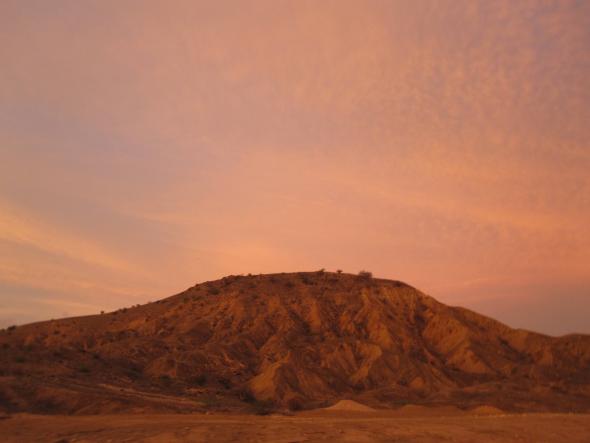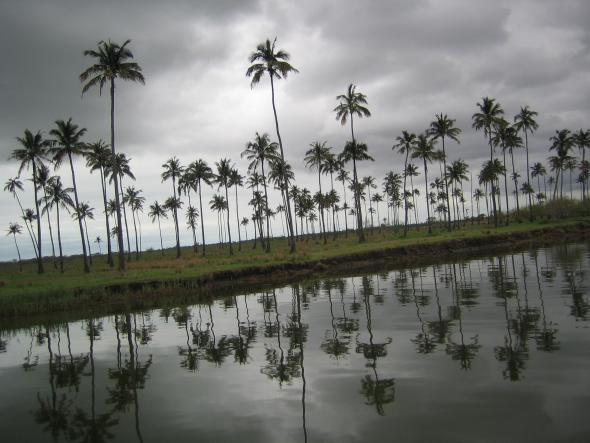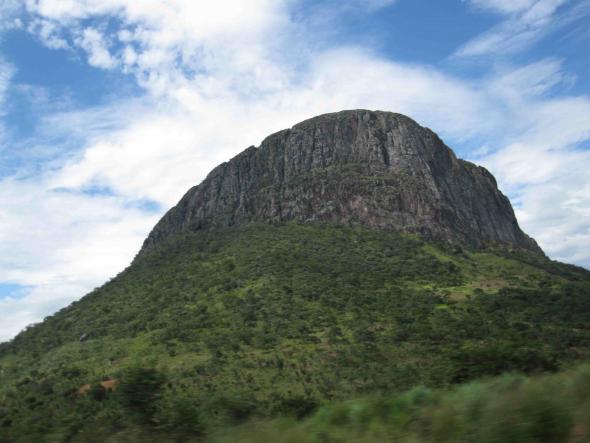A Mirror Labyrinth

Before Christ and until the 19th Century, the mysterious hinterland of the African continent was matter for all kind of speculations. The fear and fascination for the unknown created unlikely projections, as if the fauna, flora and the inhabitants of Africa had the exceptionality of belonging to a different natural order to that of their fellows in the rest of the known world. The establishment of the Europeans in sub-Saharan Africa dissipated some of their delusions, but the lack of means for a colonization of the inland left them confined to the coastal areas for centuries, in small bunkers, their backs turned to the continent, ordering the goods from the interior.
The Scotsman who became Africa’s first great white explorer – David Livingstone, 1813-1873 – contributed enormously to unveil some ghosts through the reports of his observations. He arrived as a missionary, entered through what nowadays is South Africa and developed several missions in the region. His interest in traversing the continent led him to leave the missions and to convince the British Crown to sponsor his exploratory trips across Southern and Eastern Africa. David Livingstone undertook long journeys between 1840 and 1873. He navigated and covered the banks of the Zambezi River several times, and in 1854 he left Luanda, Angola, to arrive on the opposite coast at Quelimane, central Mozambique two years later.
Livingstone was one of the first to travel African paths in a systematic way with scientific purposes, followed by other Europeans and Northern Americans. He distinguished from the generality of the explorers in the way he moved on the terrain. In his small caravans, Livingstone was very often the single white, contrasting with the megalomaniac expeditions of that time, composed of numerous European scientists and hundreds of guides, porters and beasts.

The reduced environmental and political impact of Livingstone’s caravans and the modesty of his will to learn tranquilized the chiefs of the areas he passed by. Therefore, he travelled so many years in Africa crossing dangerous territories where no one else penetrated. Livingstone spent years walking on foot in Africa - split between fascination and apprehension, euphoria and privation, between the calm of the tea taken in the sleeping savannah and the exhaustion of so many days crossing swamp areas, battling with mosquitoes, leeches, ferocious animals, scarcity of provisions, fatal unknown diseases and caravans diminished by deaths and desertions. Months on end without any news of him reaching London made speculations on his death the headlines in British newspapers.
With the same boldness, but in very different conditions, a growing number of non-African youngsters adventure themselves in 21st century Africa. Refusing holiday packages where tourists are locked inside sterilized resorts, foreigners stroll around on their own improvised exploits, prepared with information of the networks and pocket guides. Rucksack on the back, they travel through countries that allow some daring. This way of travelling promotes meeting real people, and not only the crystalline waters or the exotic animals.
Some of the travellers prolong their travels in six month holidays after a previous six months working hard in a fish processing plant in Norway; others traverse thousands of miles on public transport – disillusioning the locals of the belief in the prosperity of every white, always mounted on jeep or airplane. Others start in Morocco and infiltrate the continent through the desert sands, sometimes in solitary endurance tests comparable to the ones Livingstone faced, crossing the unknown unsupported.
The attraction for the land in the raw: generous and hostile.
If the natural obstacles Livingstone surpassed did not make him quit, one thing deeply disturbed him. In his travels in the East – by the actual Tanzania and the Great Lakes region – he came into close contact with the slave trade directed by the Arabs. Several times, he came across the long marches taking chained prisoners to be sold on Zanzibar Island. Disgusted with this business, he denounced the horrors of the slave trade in England and did what he could to promote its prohibition.
In his last voyages, Livingstone had the objective of finding the source of the river Nile. Over the years, that search absorbed him and other contemporary explorers, creating rivalries and heated debates in crowded sessions of the Royal Geographical Society in London. He died without solving that enigma.
Travelling is also a search to find ourselves. Land journeys and inner journeys act upon each other and one reflects the other in complex mirror labyrinths.
Among other unfavourable representations of the continent and its inhabitants, a gigantic desert was what some European geographers certified the whole of Africa’s interior as. Livingstone and other explorers reported what they had observed: great mountains, lakes similar to seas, fertile plateaus and valleys, swamps, mangrove, dense jungle, savannah, rivers, and even deserts, but also snow mountains.

We tend to diminish and demonize the unknown. Today, there are still some people who manage to reduce the entire continent – far more diverse than Europe – to a bunch of corrupt despots and their cronies and a multitude of poor. But, beyond paternalist commonplaces, the continent offers shiny vigour and potentialities the West no longer remembers seeing at home.
photos Nuno Milagre
Published in Fugas magazine of Público newspaper in November 2008